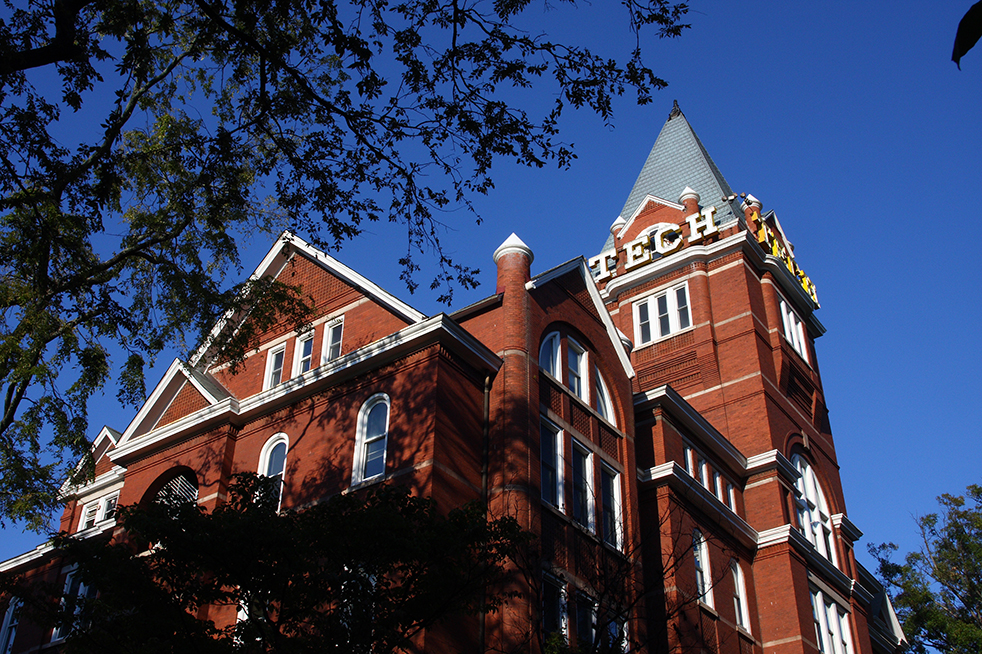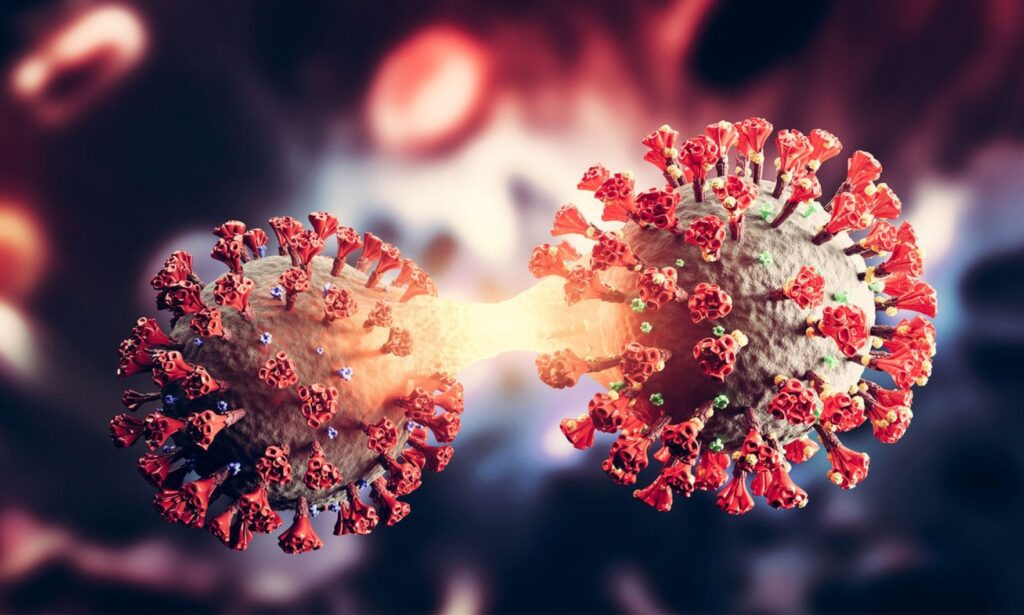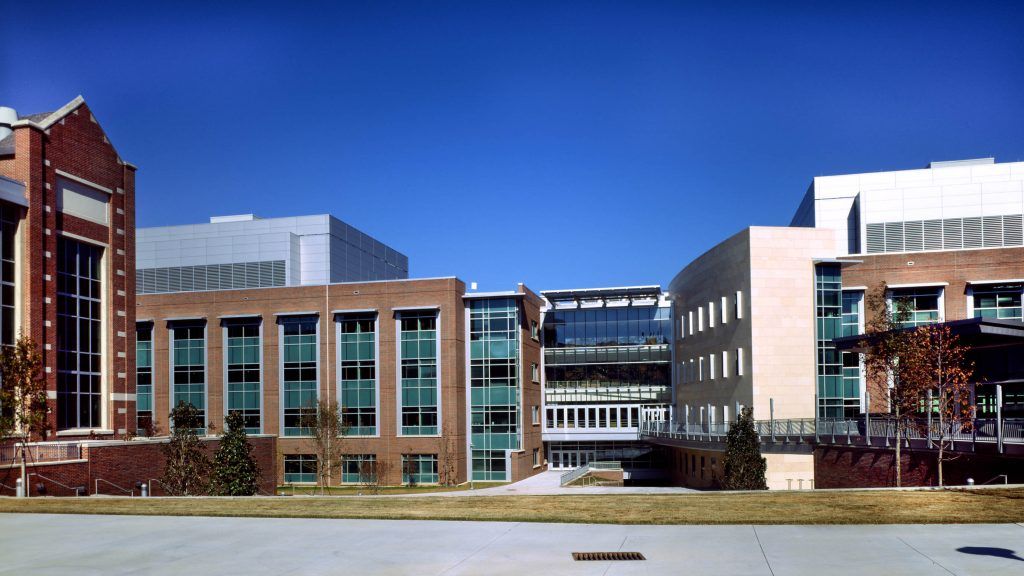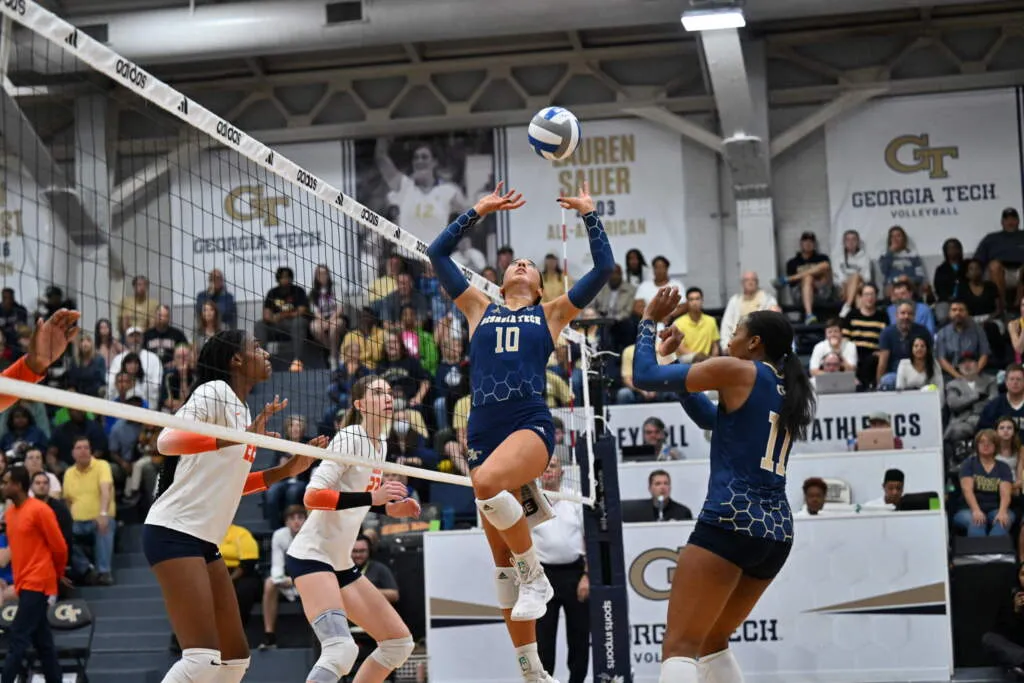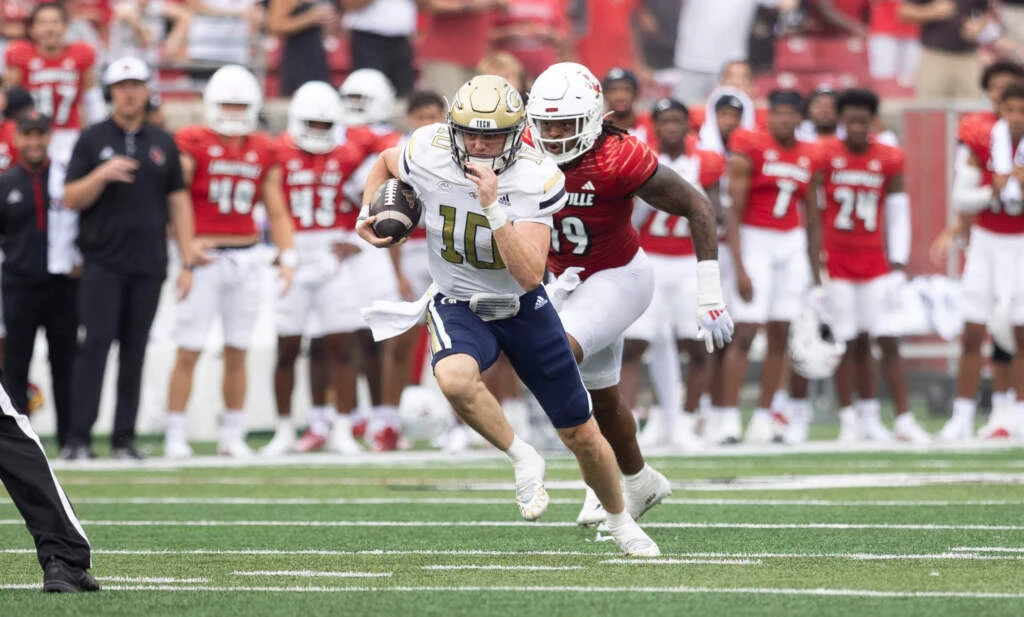
The Jackets got back out on the road and headed up to Kentucky to take on the undefeated and top-20 ranked Louisville Cardinals where they were handed their second loss of the season. Despite a strong performance and blowout bounce back game last weekend against VMI, the Jackets fell to a strong Louisville squad that put up 31 points.
The Jackets had a strong opportunity to pick up a second ranked win, albeit on the road. It was a great opportunity to play spoiler against a Louisville team that has been a tough matchup to start the year. There were no illusions about the challenges that awaited. l.
Going into the game, the Jackets knew they were up against a strong Louisville rushing attack that has earned its place among the best in the nation. The Cardinals are currently averaging 6.4 yards per carry, which is the nation’s ninth-best mark. Tech was able to hold Louisville’s ground game in check, allowing only 57 yards on 27 carries. Unfortunately, Tech’s struggles on the other side of the ball kept them from securing a pivotal road win. Much like their earlier season defeat to Syracuse, Tech’s game was marred by untimely errors and a failure to execute in key moments.
The bright spot of the afternoon was the performance of redshirt junior quarterback Haynes King’s passing performance, who put on a show with 312 passing yards on 21 of 32 attempts. Redshirt junior receiver Malik Rutherford was once again a reliable target, hauling in seven receptions for 113 yards, while sophomore receiver Eric Singleton Jr. added 88 yards of his own. However, the aerial success did not translate into the offensive dominance needed to outpace the Cardinals. Despite out-gaining Louisville in total yardage (410-326), the Jackets’ offense failed to execute in crucial situations, particularly in the red zone. The most notable mistake from Tech was a special teams gaffe that led to a blocked field goal). Overall, the two missed kicks loomed large in this game and their loss to Syracuse as well. Tech also faced multiple situations where they were on fourth down and only needed a yard to convert. Unfortunately, they were stuffed on each of them.
Despite the Jackets’ defensive line clogging up running lanes, their inability to get pressure on Louisville senior quarterback Tyler Shough was glaring. The Jackets were not able to get past the Cardinals’ offensive line and finished with zero sacks on the day. Much like their performance against Syracuse senior quarterback Kyle McCord, the team allowed Shough to drop back with ease. Shough’s efficiency—13 of 19 for 269 yards and two touchdowns—underscored the ongoing struggles of Tech’s pass defense.
Tech’s offensive line also failed to pave the way for a successful rushing attack. Averaging only 2.6 yards per carry, the Jackets’ ground game stalled repeatedly. Even King, who was responsible for the bulk of the rushing yards with 58, found little support from his backfield. The lack of a ground game forced Tech into a one-dimensional offense, making it easier for Louisville’s defense to anticipate and counter their passing plays.
Penalties and turnovers also plagued Tech throughout the game. Racking up six penalties, including a costly running into the kicker call and a turnover deep in their own territory, is something the Jackets just could not afford against a ranked opponent. King’s lone interception, which Louisville quickly converted into a touchdown, was emblematic of a game where the Jackets stumbled at critical junctures.
For a team that prides themself on their ability to consistently run the ball and play a physical style of offense, they have struggled against their two toughest opponents. There seems to be a lack of creativity when setting up the formations to run out of. Furthermore, the adjustments being made to counter failure seem to not have much of an effect. Only gaining 40 rushing yards without King probably should’ve been a sign to transition off the ground game sooner. However, turning the offense into entirely passing and QB-run focused makes the jobs of King and his receiving core harder and more predictable. The offense is going to need to find success on the ground against good defenses in order to stay in games .
This loss raises questions about Tech’s ability to compete consistently against tougher opponents. With games against Duke and Miami looming, the Jackets need to find answers fast. The bye week should offer a chance to regroup and refine their approach. The talent is there, as proven by standout performances like those of King, Rutherford, and Singleton. Sadly, without the consistency and discipline needed to finish games strong, Tech risks being left behind in a crowded ACC.
The post Jackets cut down by Cardinals in 31-19 loss appeared first on Technique.


